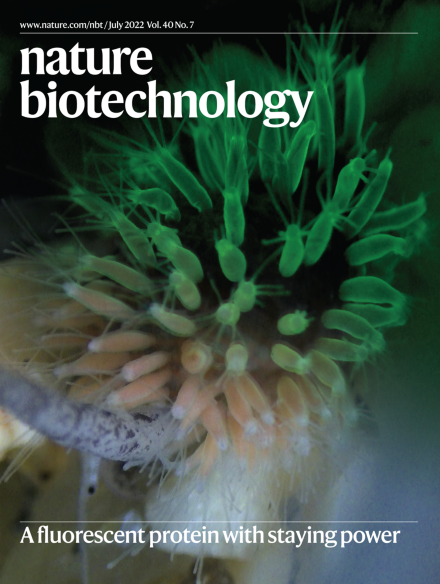Abstract
Mounting evidence supports the idea that transcriptional patterns serve as more specific identifiers of active enhancers than histone marks; however, the optimal strategy to identify active enhancers both experimentally and computationally has not been determined. Here, we compared 13 genome-wide RNA sequencing (RNA-seq) assays in K562 cells and show that nuclear run-on followed by cap-selection assay (GRO/PRO-cap) has advantages in enhancer RNA detection and active enhancer identification. We also introduce a tool, peak identifier for nascent transcript starts (PINTS), to identify active promoters and enhancers genome wide and pinpoint the precise location of 5′ transcription start sites. Finally, we compiled a comprehensive enhancer candidate compendium based on the detected enhancer RNA (eRNA) transcription start sites (TSSs) available in 120 cell and tissue types, which can be accessed at https://pints.yulab.org. With knowledge of the best available assays and pipelines, this large-scale annotation of candidate enhancers will pave the way for selection and characterization of their functions in a timeand labor-efficient manner.
